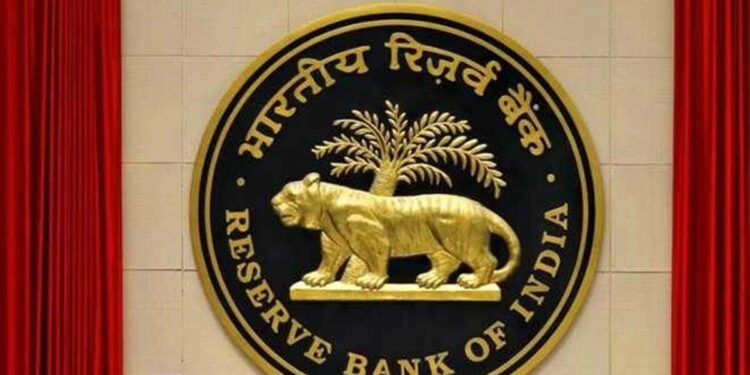 The informal economy remains very fragile, and for all the good farm output, the terms of trade could be unfavourable.
The informal economy remains very fragile, and for all the good farm output, the terms of trade could be unfavourable.The Reserve Bank of India has done well to maintain status quo on policy rates as also its accommodative stance. It might seem like there is a dissonance between the global approach—where the Fed is talking of a faster taper and others of speedier normalisation—and the Indian central bank’s dovish commentary with no hints whatsoever of when rates might be raised. However, the uneven and nascent recovery needs all the support it can get.
The headline 8.4% y-o-y growth in GDP in Q2FY22 masks the weak private consumption, which was smaller than it was in Q2FY20, and a key sector like construction grew at only 7.5% y-o-y, on the back of a contraction of 7.2% in Q2FY21.
The informal economy remains very fragile, and for all the good farm output, the terms of trade could be unfavourable. The relatively wide output gap remains a concern and, as RBI indicated, might not be closed for several years. The weakness in the economy is reflected in the slack in the labour markets.
Indeed, with the Omicron variant of the Covid-19 virus causing more uncertainty, it would not help to switch the monetary stance to neutral just yet and risk slowing down the economy. Loan growth remains modest at around 7%; leaving rates lower for a little longer may just boost demand for credit and, in turn, growth. The focus on an inclusive recovery, therefore, is spot on.
It might seem like RBI is downplaying inflation and treating is as transitory in nature, having left the forecast for FY22 untouched at 5.3% when inflationary pressures abound. However, Governor Shaktikanta Das doesn’t seem to be unmindful that core inflation is sticky. The central bank appears to be drawing comfort from the falling prices of crude oil, the lower local taxes on auto fuels as also the expected fall in the prices of vegetables. These factors, would, it reckons, help rein in inflation for some time. To be sure, prices of oil and metals are higher than they were a year back, even if they have come off.
Again, despite some relief, supply-side disruptions persist. Also, manufacturers could start passing on high input costs to consumers as demand picks up, adding to price pressure. The central bank’s inflation forecasts may be below consensus, which averages 5.6% in FY22 with upside risks as the base effect wears off. However, inflation is unlikely to breach 6%—the top end of the band—anytime soon and could ease in 2022; RBI has forecast an easing to 5% in Q1 and Q2FY23 and, therefore, has enough comfort room at this stage to support growth.
It is not as though RBI has taken its eye off the surplus liquidity; it has announced it will continue to mop up liquidity to soak up some the surplus of around Rs 8 lakh crore. Governor Das said on Wednesday that RBI is looking to get reasonable control over the liquidity overhang and will continue with the auction-based rate management policy. The idea is to move away from the reverse repo rate, currently the effective rate, and towards the repo rate by rebalancing liquidity from the overnight to the variable reverse rate repo (VRRR). Bigger quantities will be soaked up via the VRRR. Already, short-term rates have been moving up and could do so further.
At this stage, it appears RBI will wait it out till February to change its stance and act on rates; by then, it would have a better sense of the recovery, core inflation and the Fed’s actions. There is a chance rate actions could get bunched up, but if RBI’s signalling is good, it would minimise any disruption in the money markets.
Get live Stock Prices from BSE, NSE, US Market and latest NAV, portfolio of Mutual Funds, Check out latest IPO News, Best Performing IPOs, calculate your tax by Income Tax Calculator, know market’s Top Gainers, Top Losers & Best Equity Funds. Like us on Facebook and follow us on Twitter.
![]() Financial Express is now on Telegram. Click here to join our channel and stay updated with the latest Biz news and updates.
Financial Express is now on Telegram. Click here to join our channel and stay updated with the latest Biz news and updates.














